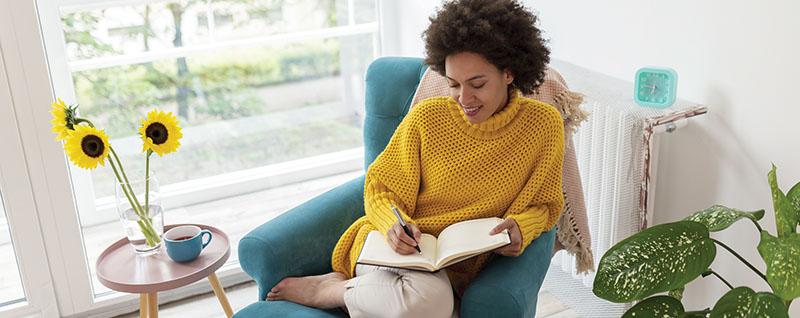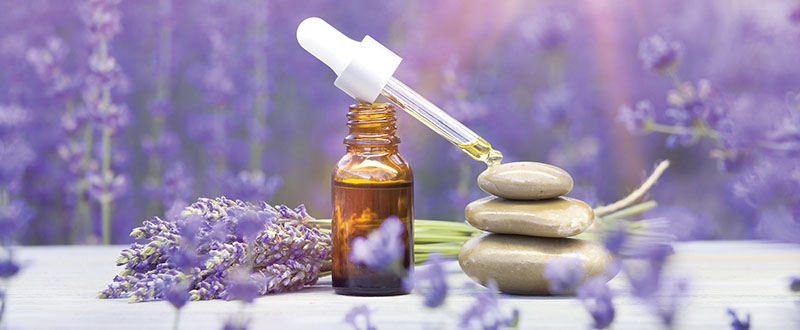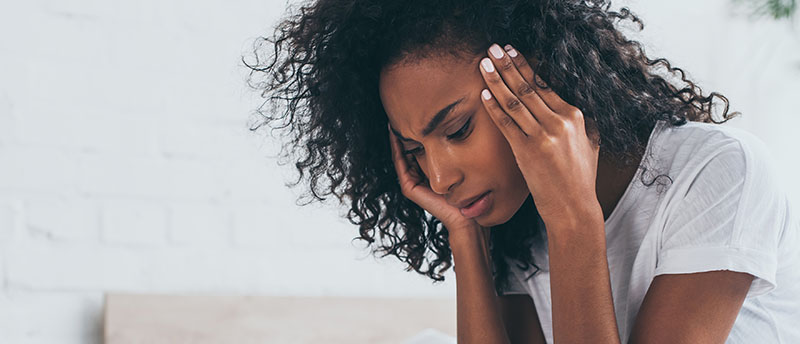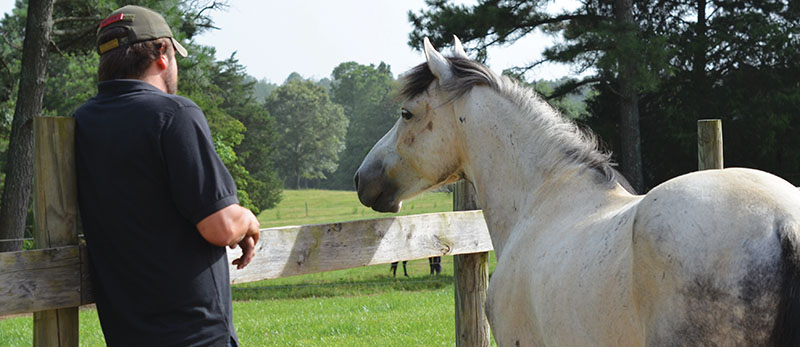
Want To Start Journaling?
Here Are Practical Tips to Set You on Your Way
Journaling has many health benefits. It offers you an opportunity to express your thoughts, feelings, and ideas. Among other benefits, journaling helps to improve your memory and to heal you, both physically and psychologically.
Journaling can take many forms. One day you could make entries in a diary format. The next day you might draw or scribble. Then you could make a list of things for which you are thankful. All these activities are forms of journaling. The idea is to work through your emotions and record your feelings and insights. In the process, you reap physical and emotional benefits.
While there’s no right or wrong way to keep a journal, starting may be intimidating. Below are some pointers on how to start, what to expect, and how to keep journaling.
Create a writing routine
You could make it first thing in the morning or last thing in the evening. This will help you stay on track and incorporate journaling into your daily schedule. Ease yourself into journaling by keeping it simple at the beginning. Use your own style and do what feels right for you.
Write about anything
You could write about what inspires you, what bothers you, or what you enjoy. Use your journal as an outlet for releasing your emotions. You will find it easier to handle your fears, frustrations, joys, sadness, and
other emotions when you write them down.
Don’t be limited to writing, especially if you don’t enjoy writing. Draw, compose a song, or write a letter. It’s your space. Use it in your way. You might find online journaling prompts useful.
Have realistic expectations
In the beginning, don’t expect to unravel great insights into your emotions. This comes with time. Additionally, don’t expect journaling to solve all your problems. However, as you progressively get into the habit, you will learn more about yourself and how to handle your emotions.
Be judgment-free
Don’t censor yourself, don’t judge yourself or withhold self-compassion. Be free in your writing, and remember you’re writing for your eyes only. Be honest and authentic about your feelings. Express yourself creatively.
Maintaining the habit
Starting a journal is the easy part; maintaining the habit is harder. It takes self-discipline. If need be, look for help and coaching online to help you stick with the practice.
Below are some pointers to help you maintain the habit.
Start a gratitude list
Start a list of things for which you are grateful. Add to the list every day. It could be anything – you got out of bed today; you had a pleasant walk in the park. You can then expound on the list, giving details that help you to appreciate the positive things in your life. This should motivate you to write daily as you examine your feelings.
Write on a diary or calendar
Make your journal entries on a large desk calendar or a diary with large spaces. Write a sentence or a list every day. If you miss a day, it will be blank and this should motivate you to write daily.
Make a template
To nudge yourself to write, you could create a template that you use every day. Perhaps you could ask yourself a question like, “What did I do well today?” or “What made me happy today?” or “What can I do better tomorrow?” In time, you will get into the habit of writing with these questions at the back of your mind.
Final thoughts
Journaling helps to keep you in contact with your thoughts. It can improve your writing, and help you to keep a rein on your emotions. To reap the rewards, you need to be consistent and make entries daily. This means taking your journal with you everywhere you go.





